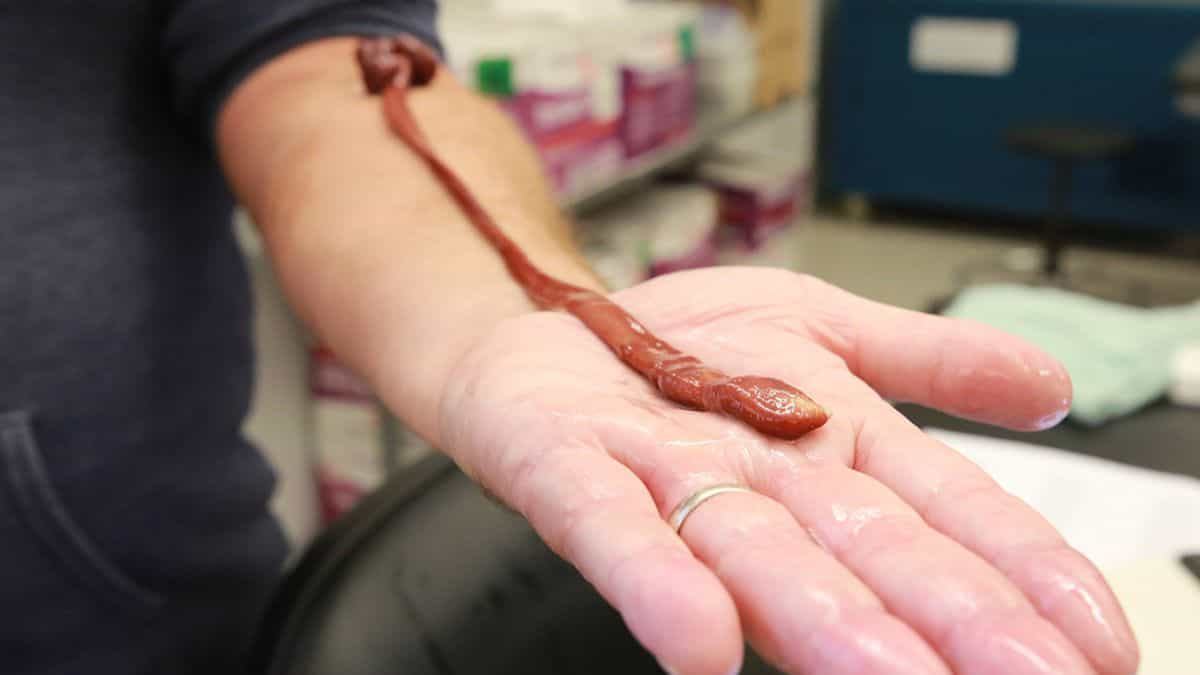Blog
-

Samsung Galaxy S26: Very late Galaxy Unpacked launch event and even later availability expected
The next Samsung Galaxy Unpacked launch event for the S26 might not happen in January 2026 (Image source: Samsung) -

How your town can become a ‘dementia-friendly’ community
In the small Victorian town of Ouyen, Helen Healy’s mum Kath spent years living independently with vascular dementia.
“It wasn’t the kind [of dementia] that really changed her personality,” Ms Healy said.
“She was always a really generous, funny…
Continue Reading
-

US reportedly pursuing third oil tanker linked to Venezuela
The US Coast Guard is in “active pursuit” of another vessel in international waters near Venezuela, an official has told the BBC’s US partner CBS News, as tensions in the region continue to escalate.
US authorities have already seized two oil…
Continue Reading
-

‘It’s cool to see Winnipeg shine’ as a hub of holiday movie industry, actor says
Listen to this article
Estimated 3 minutes
The audio version of this article is generated by AI-based technology. Mispronunciations can occur. We are working with our partners to continually review and improve the results.
It’s the first day of…
Continue Reading
-

Israel approves 19 new Jewish settlements in occupied West Bank | Palestine
Israel has approved a proposal for 19 new Jewish settlements in the occupied West Bank as the government pushes ahead with a construction binge in the territory that poses a further threat to the possibility of a Palestinian state.
It brings the…
Continue Reading
-

Rockets Take Break from Bowl Preparation to Visit Hospital Maternity Ward
BOCA RATON, Fla. – The Toledo Rockets had a full day of activities in Boca Raton, Fla. on Sunday, starting with a morning practice, followed by a visit to a local hospital and concluding with an afternoon visit to the beach.Toledo (8-4, 6-2 MAC)…
Continue Reading
-

Scientists Thought Ribbon Worms Lived a Few Years Until This One Hit Nearly 30
Meet B, the almost 30-year-old worm. Credit: Stephen Salpukas A ribbon worm kept in a laboratory aquarium for decades has turned out to be the oldest known example of its kind. Its age, once overlooked, is now reshaping what…
Continue Reading
-

Largest group of freshwater fish originated in rivers, not the seas
A new fossil fish suggests that the largest group of freshwater fish began in the sea, not in rivers. These fish include more than 10,000 species, from river giants to tiny aquarium favorites.
The key fossil is a tiny skeleton that was unearthed…
Continue Reading
-
Saints vs. Jets Game Recap – Week 16
Veteran defensive end Cameron Jordan sacked Jets quarterback Brady Cook twice late in the second quarter. Jordan has 8.5 sacks this season and 130 for his career, surpassing Pro Football Hall of Famer Rickey Jackson to take sole possession of…
Continue Reading
-

‘Buck Rogers’ star Gil Gerard dies at 82
Gil Gerard, who played television’s hunky sci-fi hero William “Buck” Rogers soon after the Star Wars franchise took hold in the late 1970s, has died. He was 82.
Mr. Gerard died Tuesday in hospice as a result of a rare, aggressive form of…
Continue Reading